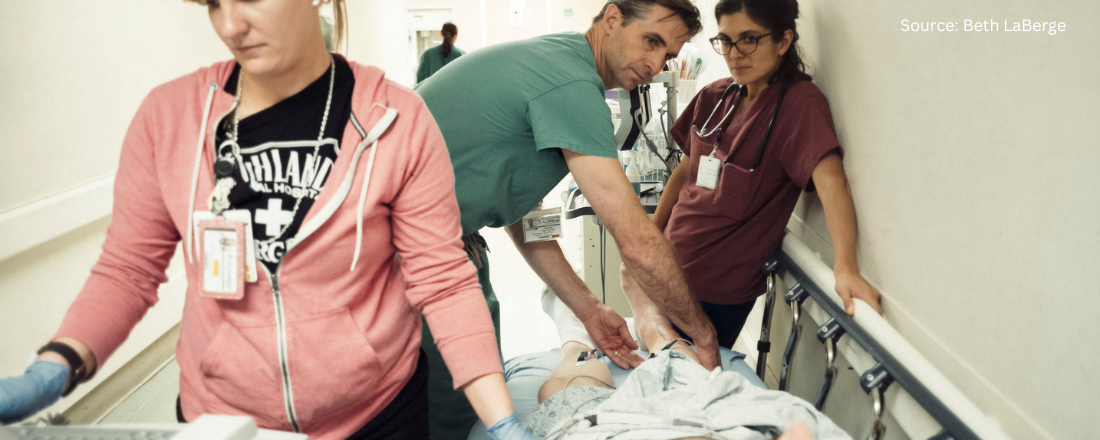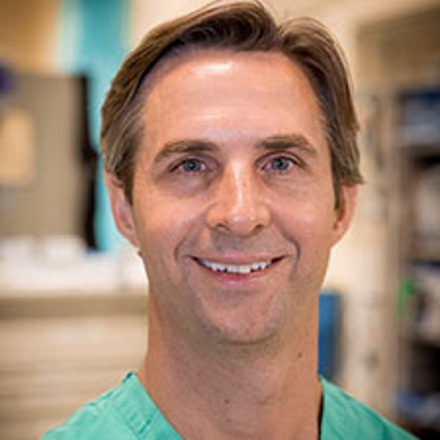
In the News
Patients Given Buprenorphine in Emergency Departments More Likely to Have Sustained Treatment for Opioid Use Disorders
- Healio
-
Focus Areas
Alcohol, Tobacco, Drugs & Mental Health, Capacity Building & Leadership, Health Care & Population Health -
Expertise
Health Education & Promotion, Outreach & Dissemination, Research – Quantitative, Technical Assistance -
Programs
Bridge, CA Bridge -
Strategic Initiatives
Opioids

“Patients with opioid use disorder, or OUD, who were treated with buprenorphine during an ED visit had greater odds of continued treatment engagement 30 days later, a study in JAMA Network Open showed.

There is an urgent need to roll out large-scale interventions to reduce opioid-related overdose deaths. A substantial effect of ED buprenorphine access on subsequent OUD treatment engagement could potentially help set benchmarks for buprenorphine delivery to ED patients with OUD, enhance clinical decision-making, and guide policy efforts aimed at optimizing the ED’s role in addressing the opioid crisis.Andrew Herring, MD
Co-founder and principal investigator, PHI’s CA Bridge
The researchers evaluated the associations between ED buprenorphine treatment and subsequent OUD treatment 1 month later in a multicohort study that included 464 ED patients (mean age, 36 years; 73.9% men). The study took place at seven California EDs that were participating in a statewide program to improve access to the drug.
All patients were offered buprenorphine, among whom 85.8% accepted. Of the patients who accepted, 58% were administered buprenorphine in the ED and 73.1% were given a prescription.
Approximately half of patients (49.7%) who received buprenorphine in the ED remained engaged in treatment at 1 month compared with 22.7% who did not receive it in the ED. Buprenorphine treatment in the ED was associated with almost two times greater odds of 30-day OUD treatment (adjusted RR = 1.97; 95% CI, 1.27-3.07) engaged in OUD treatment at the 30-day mark, 51.6% had been both prescribed and administered buprenorphine during their ED visit, compared with 39.8% of patients who were not engaged in OUD treatment.
Herring and colleagues noted that the findings underscore “the critical access point to OUD treatment that EDs can provide” and are notable given the prevalence of self-reported use of fentanyl (52.2%), methamphetamine (50%) and comorbid mental health conditions (71.5%) in the cohort.
However, “the low OUD treatment engagement at 30 days among those not treated with buprenorphine emphasizes the need for additional interventions to reach this population,” they wrote.”
To read the full article, click on the link below.
Originally published by Healio
More Updates
Work With Us
You change the world. We do the rest. Explore fiscal sponsorship at PHI.
Support Us
Together, we can accelerate our response to public health’s most critical issues.
Find Employment
Begin your career at the Public Health Institute.



